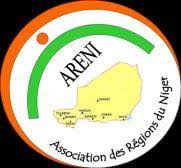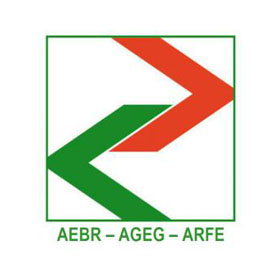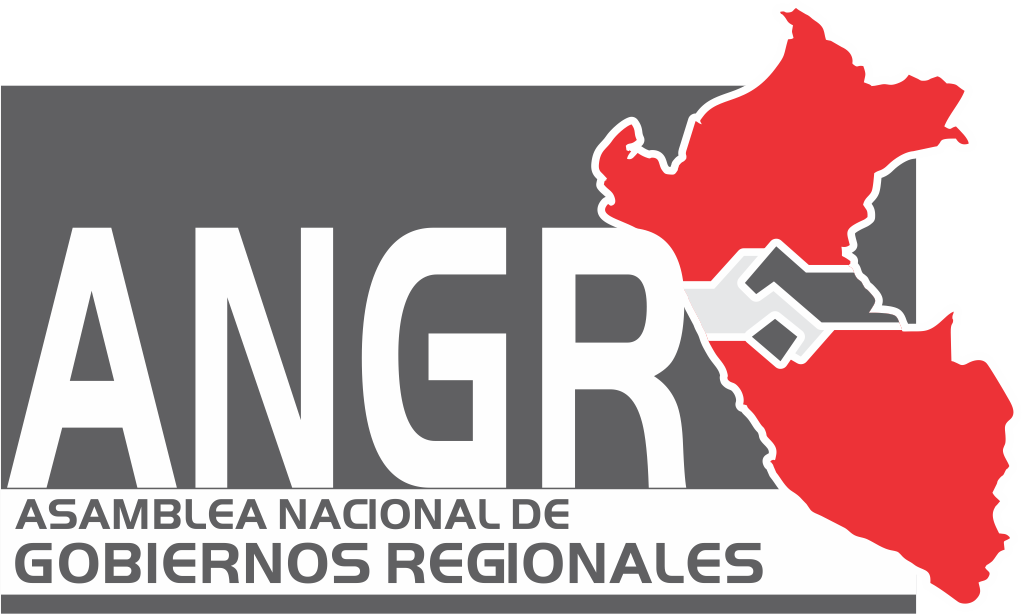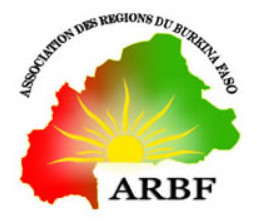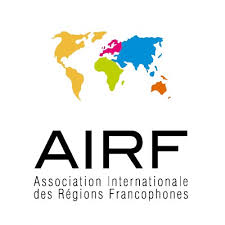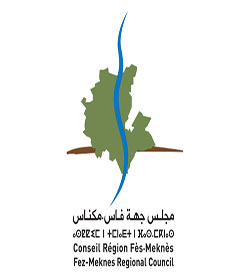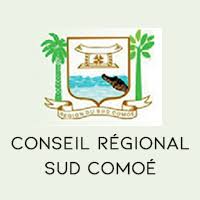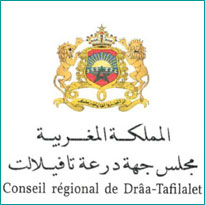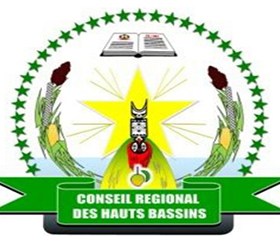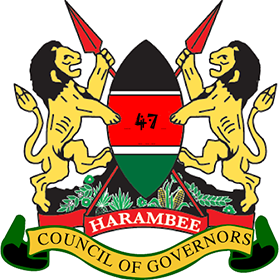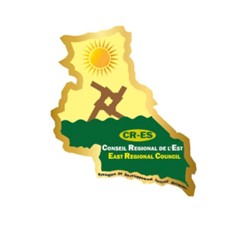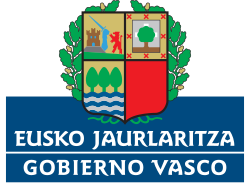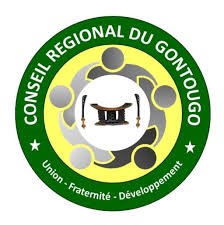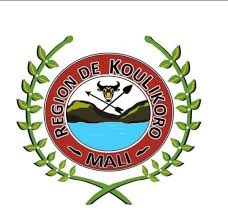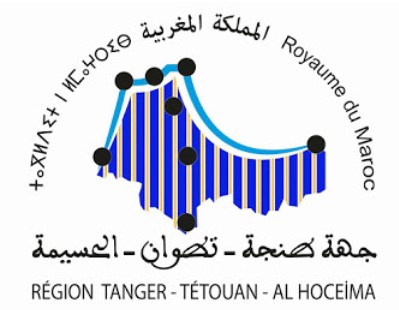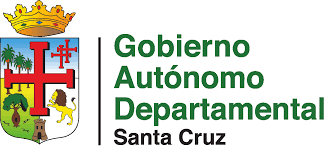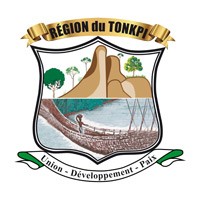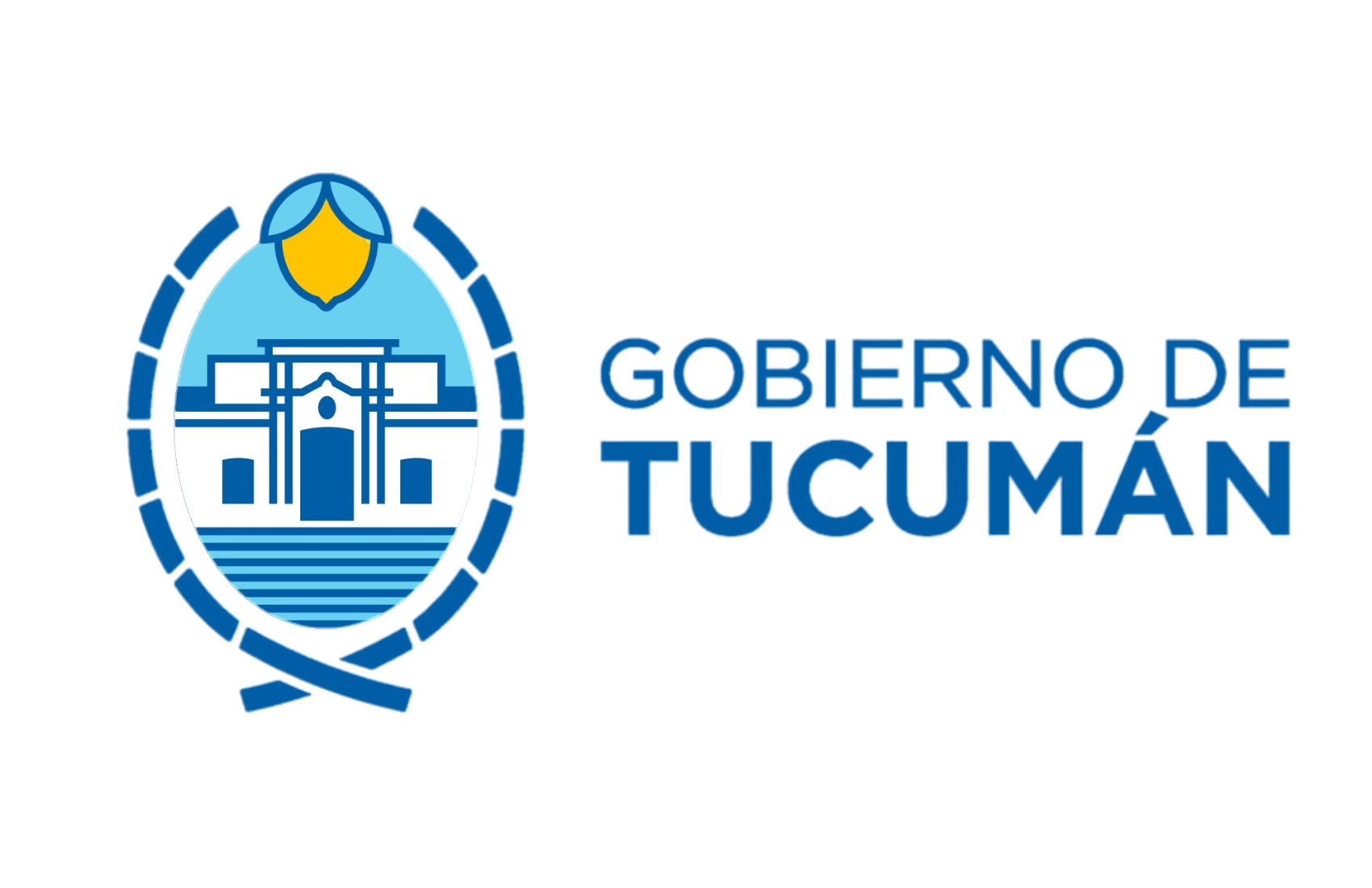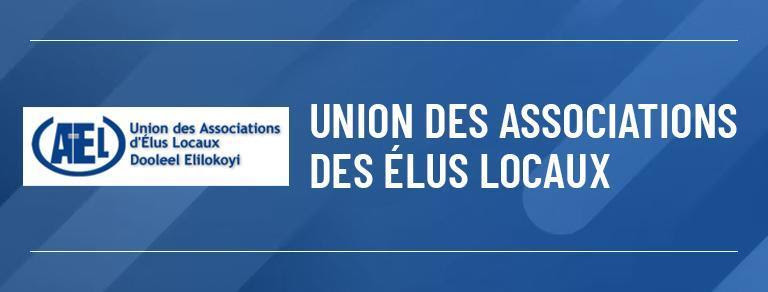The New Urban Agenda and the Regional Governments
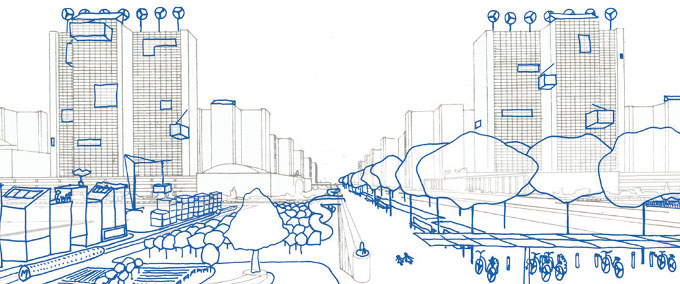
Joan Clos
Executive Director UN Habitat (2010-2018)
During the conference of Habitat III in Quito, October of 2016, a series of ideas were set in place, relatively new, regarding the urbanization process of the world. The main conclusion that came out of the previous reflection before the conference, by a significant number of experts (more than 300), leads towards the practical implementation of good urbanization out of generic speeches, that many of them may have good intentions but won’t take us to a concrete strategy. The New Urban Agenda, the resultant document of this conference, sets five axes to contextualize the good practices of urbanization for the XXI Century.
On the first place, the establishment of a new national urban politic that presents clear signals to all actors in this urbanization process, on which is the urbanization’s financial political frame that each state chooses. Within that frame, there must be specified which is the role played by regional governments in this process and what are the resources and means for financing, that are going to subsidy it. There’s also no doubt, that the role of the local administration will also derive automatically during the same process, due to the unavoidable and necessary relevance of this one within this process.
Depending on the level of decentralization of the government and the administrative- political capacities of the regional governments, there will be an establishment of the role they can and must play in the urbanization process. If the regional governments are big enough, in good logic they must be anointed the capacity of elaborating a regional urban politic that, obviously, can be more detailed and specified than the national one. In the same way that there is a need to establish as clearly as possible the relationships of national government and regional government, it is also desirable to clarify the link between the regional government and the local government, to avoid duplication, interference, jurisdictional conflicts since everything this will result in a better service to the population, in a greater clarity of responsibilities, policies and, finally, more confidence of the citizens in their public administration in general.
When there is a local government sufficiently competent, there must be an effort coming from the regional government not to arrange an urbanistic management that is more adequate for the local level. In line with the best theory and subsidiarity practice. Must consider territorial, regional and metropolitan policy defines the axes of infrastructures, energy corridors, water supplies and the preservation of the natural territory that are already, in themselves, sufficiently complex if they want to do well.
The second axe of the New Urban Agenda is the juridical design of the urbanization’s process. Is obvious that the more the society grows more complex it increases the imperial role of the urbanization law. It is fundamental to find a good juridical design that avoids all unnecessary proliferation of legislation, conflicts between the different levels of decision or any other, of the quite frequent, legislative pathologies that usually derive into difficult problems to solve. Having a pragmatic legislation, non-conflictful and efficient is, a well appreciated asset but sadly not that recurrent. Once again, when there are three levels of administration, the central, the regional and the local, and if each one of them has the legislative capacity, as it happens often in federal or decentralized states, a periodic revision of the coherence among these administrations is totally desirable.
The 3rd axe of the New Urban Agenda, is the urban design, with special emphasis in the adequate provision of sufficient urban public space, streets, malls, parks, etc. that with the building plots, are both the essence of good urban planning. Nowadays there can be detected in many places of accelerated urbanization an absolute precariousness, not only in the endowment of public space but in its design. We must remember that public space, out of all the public functions that it has, it has an absolute relevance in the economic value of urbanization. Leaving it behind, it can shunt into a political social and security wise disaster, as well as, must be added to the list the risk of condemning urbanization into a permanent economic failure.
The fourth axis of the New Urban Agenda refers to the financial design of urbanization. In the extent to which urbanization generates value, its funding at the theoretical level should not pose excessive problems but, on the other hand, when we observe everyday reality we we always find immense economic difficulties, especially at the local level. Although many operators do substantial business in the urban space. The absence of a financial balance of the local administration implies low maintenance, inadequate investment, a basic decorum of urbanized deficient space, destroys definitive the political, social and economic value of urbanization. The absence of a good financial design is not just an economic problem, but it will become a social problem and it will end up being a political problem.
The history of urbanization is to a large extent the evolutionary history of municipal governance and its financing. A certain error of approach is made when it is assumed that in a relatively poor society there is no need to worry about financial design and that in the end there is no money. The reality is just the opposite. It is in societies with few resources where it is more precise to fine-tune the financing model so that origin to the virtuous circle of urban value generation. Regional governments are especially key in this aspect since of its territorial guidelines well guessed right can and should derive a productive urbanism.
Finally, the fifth axis of the New Urban Agenda is the practical implementation of what in other fields it refers to the last mile; in our case, the detailed management, normally at a local level, of subdivision, building and urban services. The place where the citizen touches to urbanism. Again, a global analysis of urbanization here demonstrates an absence unfortunately too frequent of means to that end. Tends to think wrongly that the urban management is a service more than the local administration and therefore must compete with the other functions of the government to equip themselves with scarce resources. So, raised obviously it will never be the priority because there will always be more imperious human needs.
The error consists in not to understand that urbanism is not another service of the local administration, but it is its first responsibility because if that administration doesn’t fulfill this function, no one will. Again, the regional governments can arbitrate measures so that the local governments don’t stop to perform this responsibility.
As it can be observed, the New Urban Agenda poses strategies that require of conviction and political decision, because assuming them is not precisely an easy path to go through. Nonetheless, if the effort to compromise itself with a good urbanization is made, the results can be very positive for the wellbeing of the citizens and the prosperity of the region and the nation.




